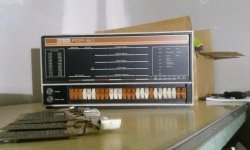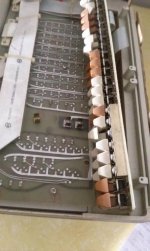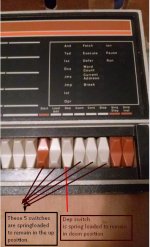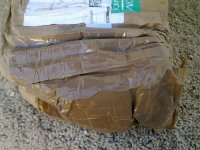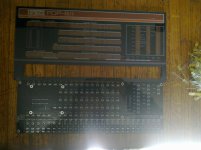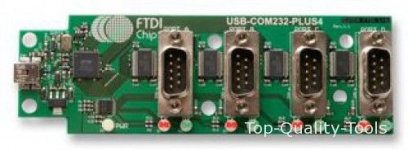Folks,
I am old school and want a real RS232 TTY console interface (03/04). That appears to be not hard with a board mod to my V1.0 board and a MAX232. However, I want a second serial interface (40/41) for connecting a serial printer (likely my LA36). How can I get that second serial port? Can an FTDI usb to serial adapter be plugged into a Pi USB port (and then a MAX232 to that)? Will the Pi understand what to do with the FTDI adapter? Is there a configuration file to tell SimH to direct 40/41 to a particular USB port? Sorry so many questions, this is my first real work with an emulator or SimH (I usually just run the real iron!)
Thanks,
Lou
Hi Lou,
well one way to get RS232 on the Pi is to use a plug-ON board that has the right hardware already. for us$11 they are available ex China with free shipping.
http://www.ebay.com.au/itm/RS232-GP...615437?hash=item51becf6b4d:g:JrMAAOSw8lBTo~YH
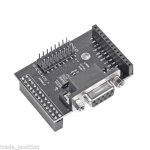
Feature
The UART is /dev/ttyAMAO, it defaults to output system log. But if user wants to use this UART to connect to other modules through UART, for example, GPS module, we need to change the configuration.
The detailed steps are as following:
We need to modify two files: /boot/cmdline.txt and /etc/inittab.
Modify /boot/cmdline.txt:
Replace the original content:
dwc_otg.lpm_enable=0 console=ttyAMA0,115200 kgdboc=ttyAMA0,115200 console=tty1 root=/dev/mmcblk0p2 rootfstype=ext4 elevator=deadline rootwait
With:
dwc_otg.lpm_enable=0 console=tty1 root=/dev/mmcblk0p2 rootfstype=ext4 elevator=deadline rootwait
Modify /etc/inittab:
Comment out the last line of /etc/inittab. To comment out, it simply addess a '#'.
$ sudo vi /etc/inittab
T0:23:respawn:/sbin/getty -L ttyAMA0 115200 vt100
Save the changes, and reboot. We will get an UART with baud rate of 115200.
or another more versatile option appears at first glance to be this Rs232 board for us$17 from Asia + about us$5 for shipping
http://www.ebay.com.au/itm/ADD-ON-B...770469?hash=item3f53f90d65:g:whwAAOSwEetV~tuR
RS232 GPIO UART Module For Raspberry Pi
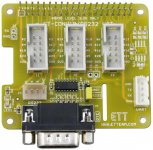
Board ET-CONV10/RS232 HAT is specifically designed for use with 40PIN of Board RASPBERRY PI. There are 2 types of application as follows;
1. It is used as RS232 PORT.
2. It changes Connector 40PIN of RASPBERRY to Connector 10PIN ETT Standard; so, it can be used with I/O Boards of ETT conveniently.
User Manual (English Version) =>
http://www.mediafire.com/view/9mbx1cjj5hyejk7/Manual_of_ET-CONV10_RS232_HAT.pdf
